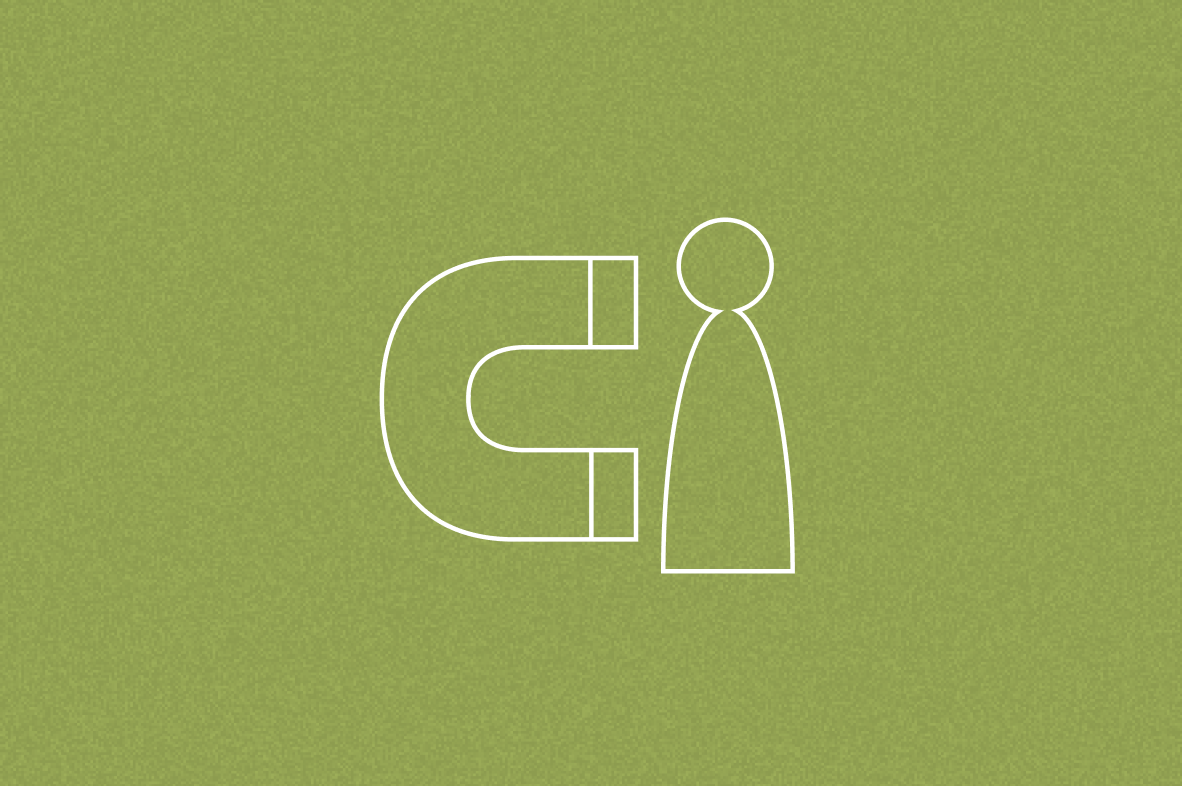Finding Ideal Clients | Tory Burch Foundation
Finding Ideal Clients and Working with Difficult Ones
When turning down work is good for business.
49,498 Views
6 Likes
5 min read
Link copied to clipboard
Service businesses need clients to survive, which is why you may be tempted to take all the business that comes your way. While that can be helpful when you first launch, this approach likely won’t serve you long term. Marketing strategist and consultant Kia Young spoke to our founders community in a webinar about how to define your “dreamy, perfect-ten client” and create messaging that speaks directly to them.
Working with your ideal clients makes a major difference, and can improve both your quality of life and your bottom line. “Let me let you in on a little secret. If you are not in a place where you are consistently working with the right client, you are out of alignment [with your values],” Young explained. “And the more out of alignment you stay with your business, the worse your results will be and the harder it will be to show up. And you’ll end up missing out anyway, because you’ll be burnt out and overwhelmed.” Overwhelm drives down work quality, which can mean fewer clients in the end.
Idea client vs. target audience
Many entrepreneurs and marketers use these terms interchangeably but they’re quite different. “I describe an ideal client as a person who is at the point of their journey where they recognize they need what you’re providing, and they’re ready or will soon be ready to work with you,” Young said. The target audience for a company or product is broader than your ideal client because it includes not only the exact people you want to serve, but the people adjacent to them who might recommend your services to someone who wants to work with you.
What makes a client ideal for you?
Though having an understanding of your clients’ demographic makeup is helpful, it’s just the beginning. You also have to know who they are and what they want. Young recommends asking yourself the following questions about the people you usually work with.
- Are they beginners or more established?
- What problems are they facing?
- What makes them happy?
- What do these clients want out of life?
- What do they believe about where they are right now?
- What does their success look like after working with you?
For Young, the last two questions are especially important in identifying your ideal client’s values. She shared her ideal client using her question framework:
- Are they beginners or more established? Her client, who is usually a woman, is on the cusp of fame or becoming one of the go-to people in her industry.
- What problems are they facing? She’s exhausted. Her marketing team has great executors, but no strategists. That leaves a lot of work on her plate.
- What makes them happy? This ideal client loves connecting to her community, giving talks or trainings. She especially loves seeing her clients have lightbulb moments
- What do these clients want out of life? She wants ease, safety and validation. She wants freedom and to have an impact.
- What do they believe about where they are right now? She believes there’s a service provider that can make marketing simpler for her, so she can reach the right people and have more time to do the work she really loves.
- What does their success look like after working with you? After working with Young, her ideal client should have a team that can handle almost all the marketing themselves.
Young understands this long inquiry process yields a very specific ideal customer, but that specificity doesn’t drastically change the way she does business or how she speaks to them. “For the four offers that I have in my business, what I just said about my ideal client tracks for all of them,” she explained.
Find out what’s not working–and work with it anyway.
Just as you have to define who your ideal client is, you also have to take a careful look at your most difficult clients. What do they all have in common? What’s difficult about working with them?
The point here isn’t to let go or turn down clients, which Young acknowledges isn’t always possible for entrepreneurs, depending on their financial state. You want to become, as she explained, more empowered and informed the next time you’re working with the same client or one that’s similarly difficult. Build key questions into your intake or consultation process at the beginning of a relationship with a potential client. For example, Young requires interested people to answer multiple choice questions about their goals as part of scheduling an initial call. Once you’ve agreed to work together, you may even give the client a bit of homework so that you have everything you need to do the job as best you can. Other important tools for working with difficult clients can be lengthening project timelines or raising your rates.
Ultimately, having a clear sense of what you need before taking on a client works both ways. “This idea of refining your ideal client, and getting them to the point where they’re a dream client, is mutually beneficial. Because for you, it means that you’re going to be in a place where you know you can get the best results for that client. And that client is coming in knowing that they are in the place where you can also get those maximum results [for them].”
Help an entrepreneur by upvoting


